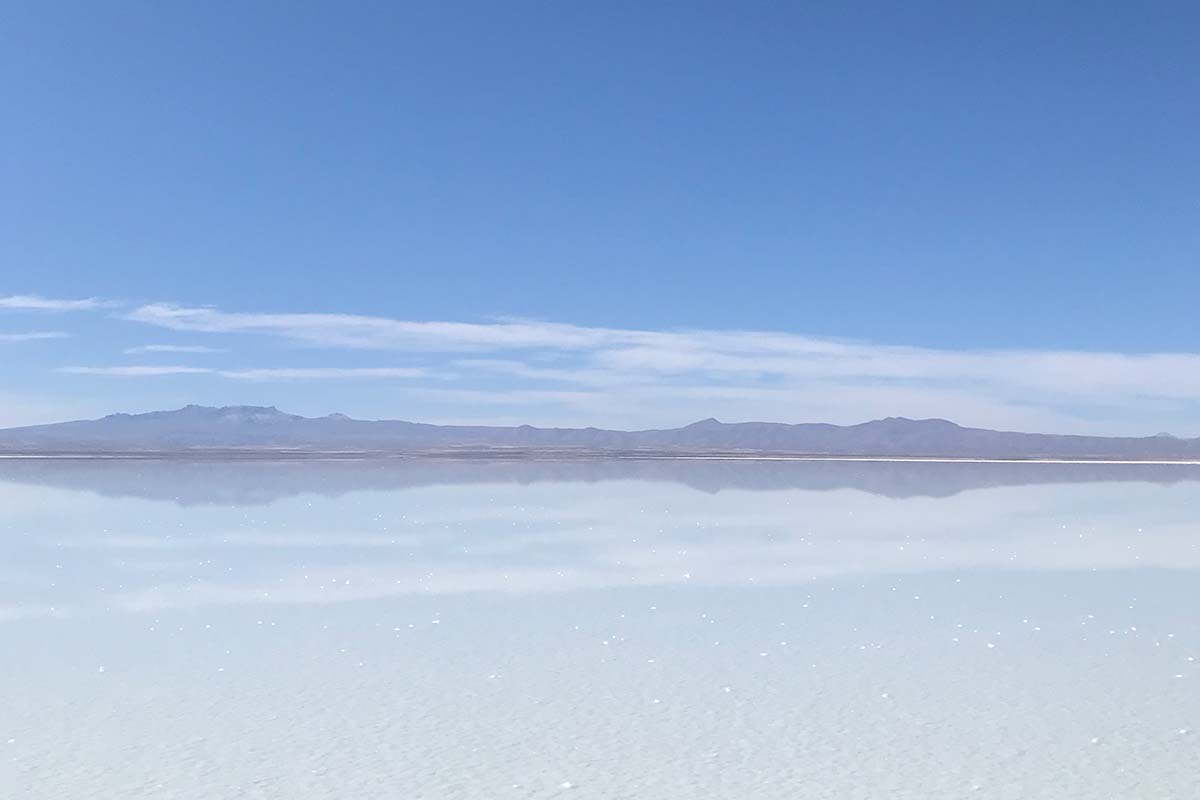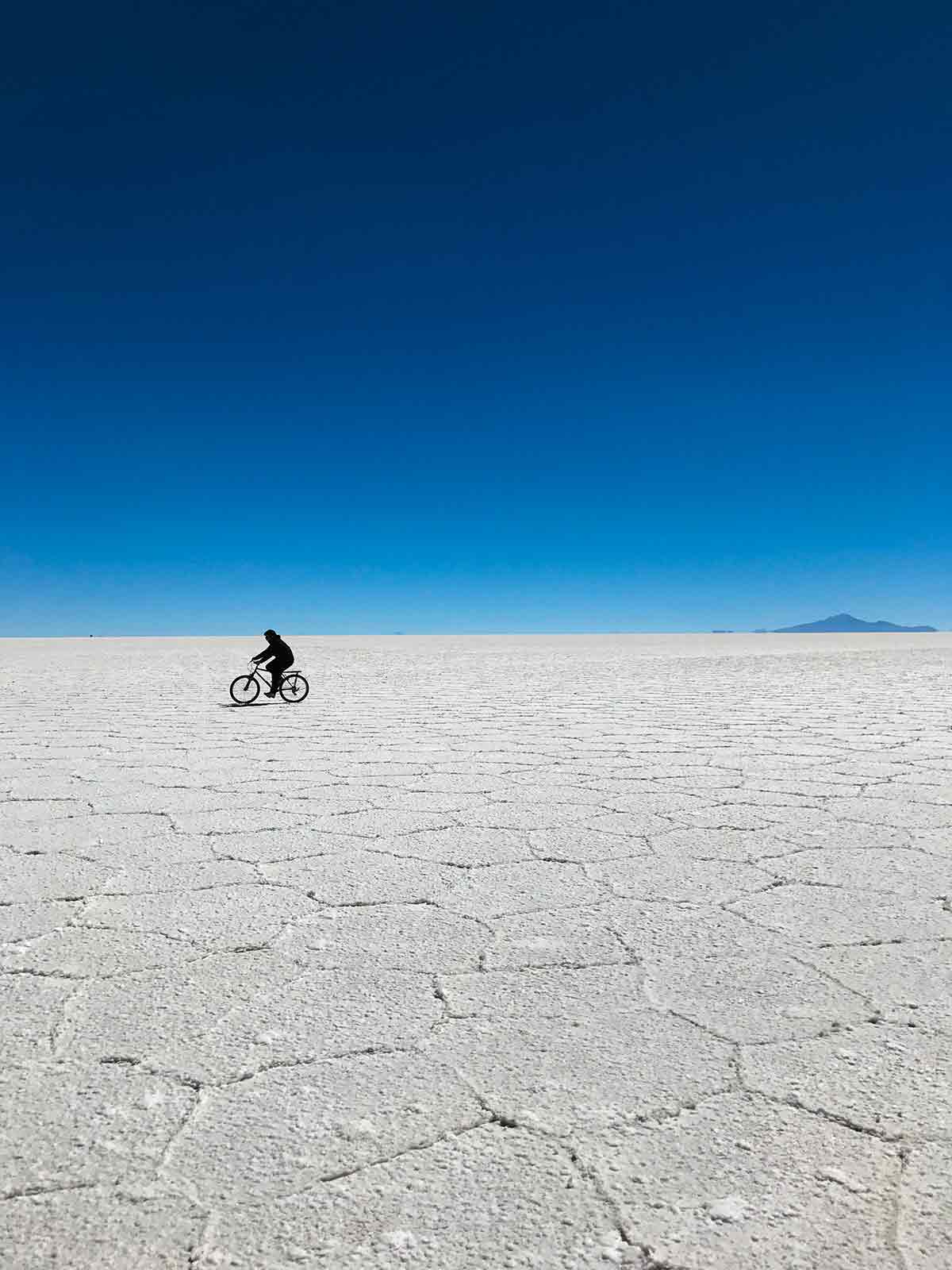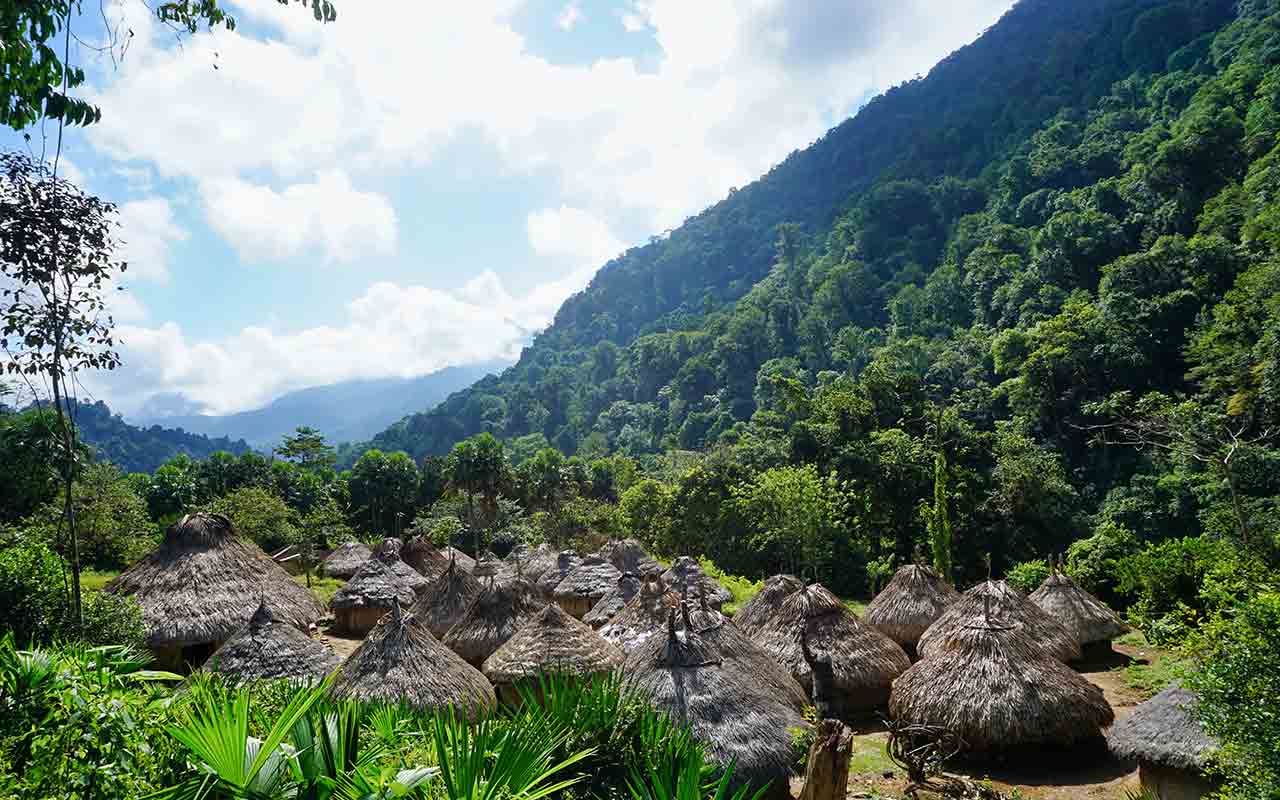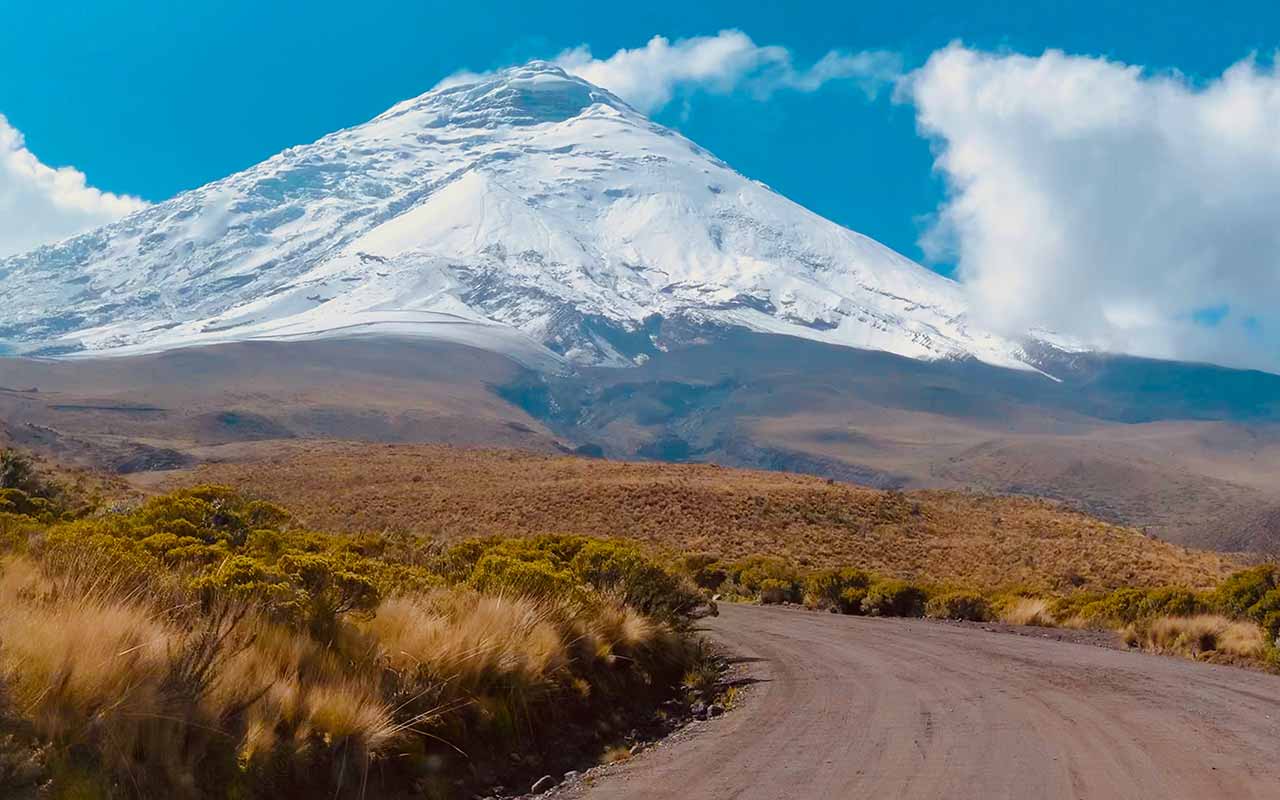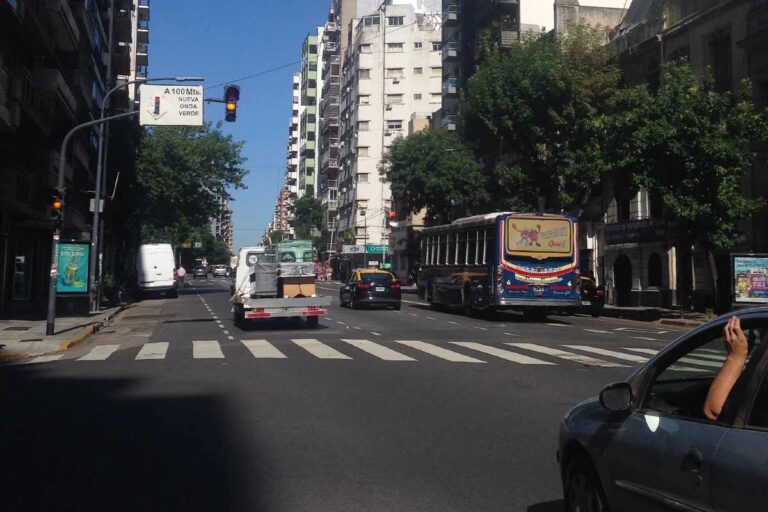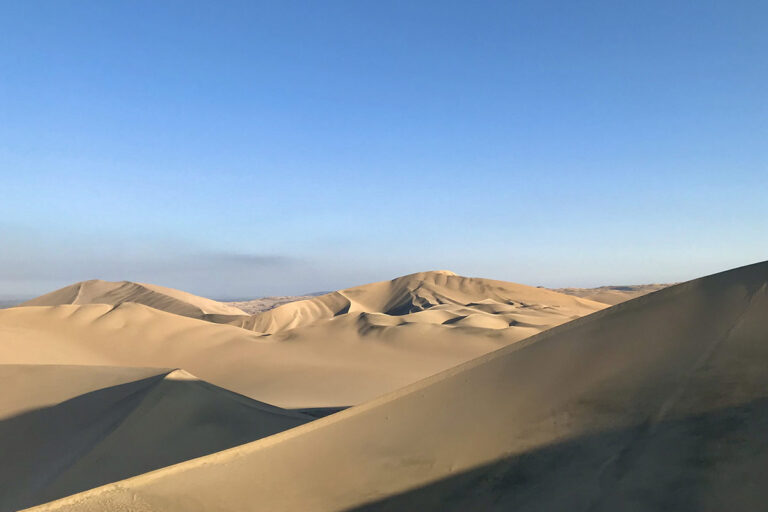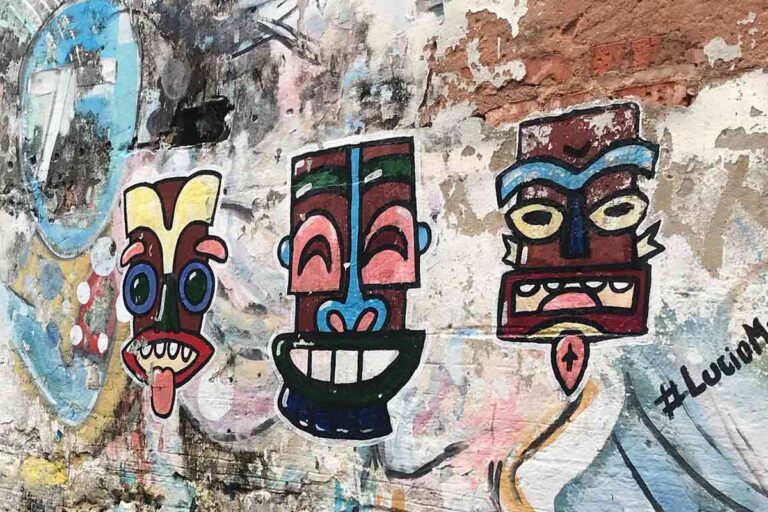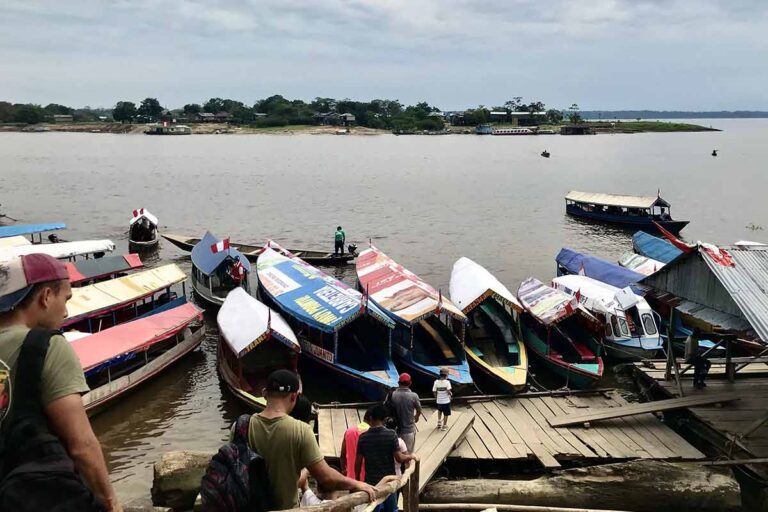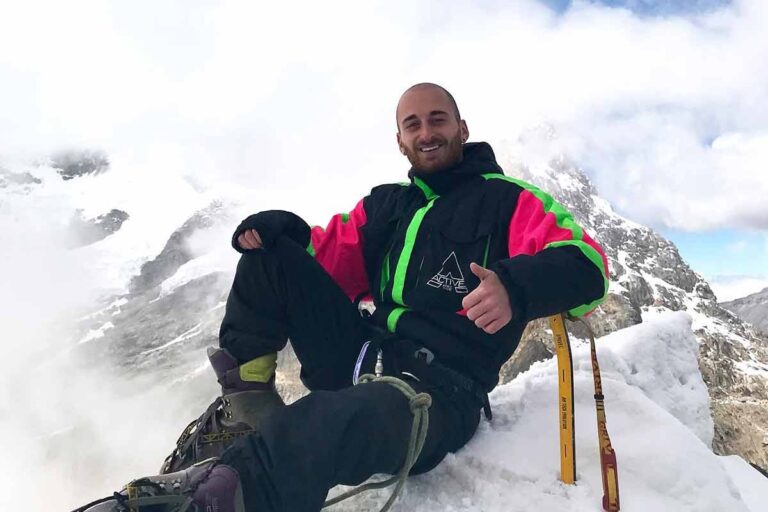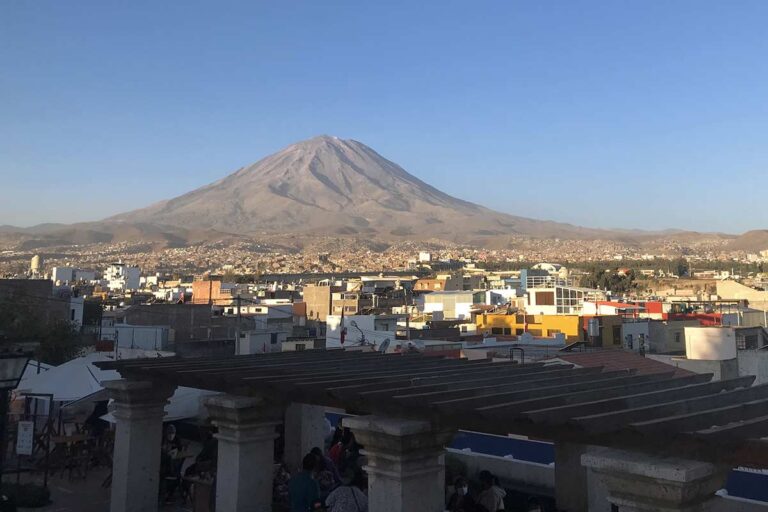Best Places to Visit in South America
Welcome to our list of best places to visit in South America.
Backpacking around South America will reward those who make the trip with a tonne of amazing destinations and one-in-a-lifetime experiences.
We’ve compiled 8 of the very best things to do in South America – our bucket list items – which cannot be missed if backpacking the continent.
Of course there’s a load more, but we want to keep this comprehensive and to give you a good start for you to plan your own bucket list.
Best Places to Visit in South America
If you’ve read our South America guide keep this list handy so you can plan your visit to these landmarks during your time in each country.
Machu Picchu (Peru)
It would be impossible to leave this gem out. Located some 7000ft up in the Peruvian Andes, this site was built around 1450AD, and is one of the most important symbols of the Incan Empire. It’s also one of the New Seven Wonders of the World.
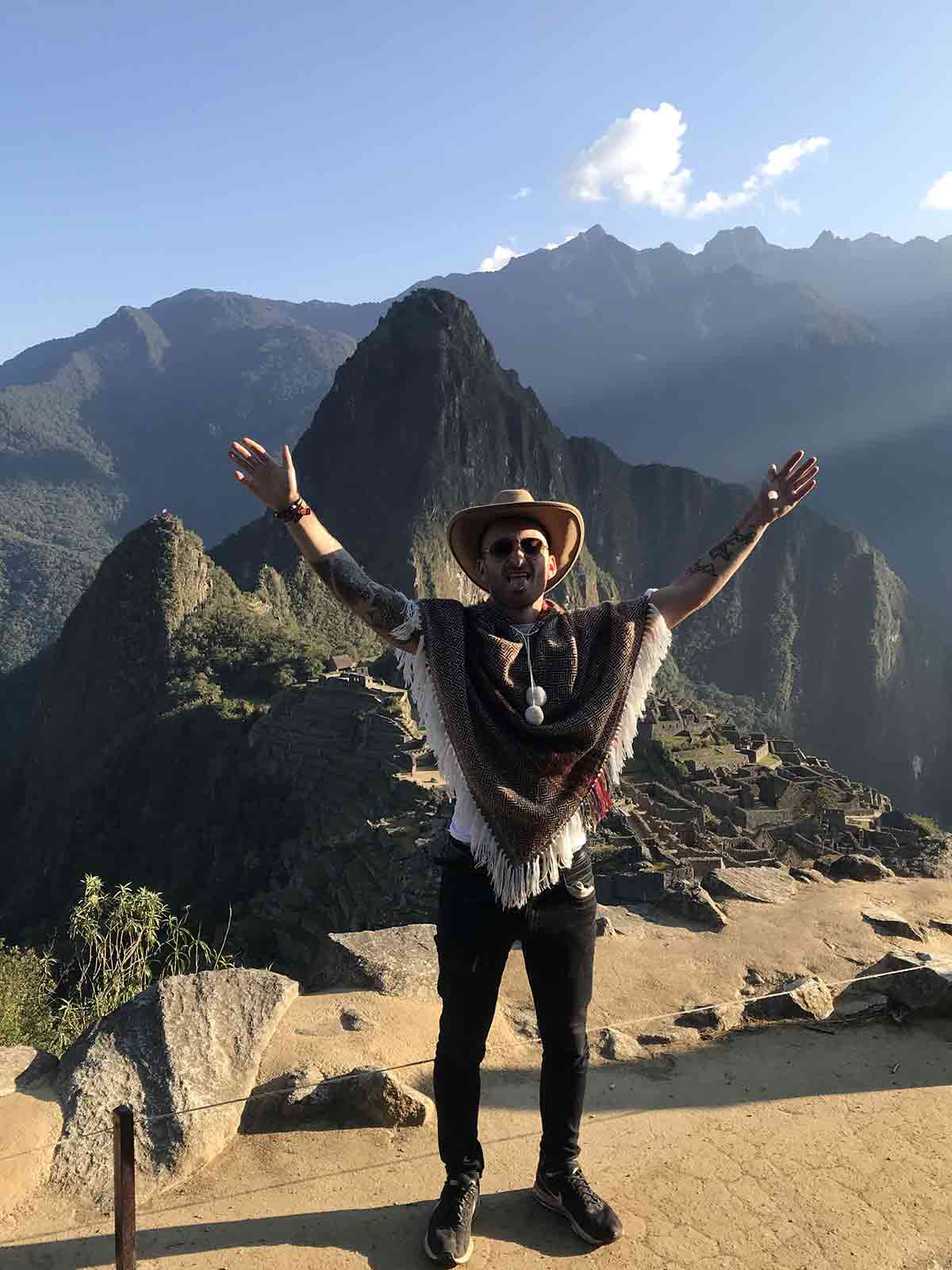
Machu Picchu, which translates to “Old Mountain” in Quechua (the indigenous Indian language of the region) contains over 150 buildings, including sanctuaries and temples.
There’s also around 100 flights of stairs in the site, which makes for some good exercise! There’s two ways of getting to Machu Picchu.
The first is the easier way and from Cusco it takes one or two days.
You’ll first head to the Hidrolétrico, and then take the train (or walk for two hours) to Aguascalientes. From here, you can take the bus up or walk up the series of stone steps to the ancient site.
The other popular way is by taking the sacred hiking routes, such as the Salkantay Trek, which are around 4 or 5 days hiking through some pretty incredible landscapes before arriving at Aguascalientes.
See our latest backpacking Peru itinerary to get more ideas on what to do and where to go before and after this popular landmark.
Salar de Uyuni (Bolivia)
You’ve probably seen a photo of these awesome salt flats already. Standing at over 10,000 square kilometres, the Salar de Uyuni is the largest salt flat in the World, which is located in Southern Bolivia.
It used to be a prehistoric lake that dried up, and left behind these massive salt flats with a few cacti islands dotted around.
When it rains here, it leaves a small layer of water above the salt flats, which creates a perfect image reflection.
Often referred to as where Heaven meets Earth, it’s one of the most beautiful spectacles to experience in South America.
The easiest way to get here is from the town of Uyuni, which is located close to the Salt Flats.
There are many tour operators that provide the multi-day trips that head here, which is usually over-land by 4×4.
You can also opt to continue onto San Pedro de Atacama, as the region is located close to the Chilean border.
See our latest backpacking Bolivia itinerary to get more ideas on what to do and where to go before and after this popular landmark.
Mount Roraima (Venezuela)
Also known as the Tepui, these extraordinary table-top mountains are located in the south of Venezuela, in an area known as the Canaima National Park.
This area is commonly described as the “New World”, with an abundance of both plant and mammal species not seen anywhere else on Earth!
These mountains are known for their eccentric shape, with vertical sides rising as high as 1300ft up into the clouds. The top is a super-flat plateau, giving it its table appearance, with many referring to them as the table-top mountains.
Getting to Mount Roraima is difficult, and is best done with a tour. Santa Elena de Uairen in southern Venezuela is the best jumping-off point, with the trek taking anywhere between 6-8 days.
Along the way, your guide will show you areas you simply couldn’t find by yourself, as well as many rare species such as poisonous snakes and carnivorous plants.
The Lost City (Colombia)
This ancient city was believed to date back as far as 800AD, which is much older than Machu Picchu. Located in the steaming jungle in Northern Colombia, this site is one of the lesser explored ruins in South America.
To get to the area, you’ll first need to get to Santa Marta, which is a city that lies on the Caribbean Coast in the north of Colombia.
Whilst some locals make the trip within one or two days by themselves, for us mere mortals we’ll have to join a four-day tour to reach this gem.
You’ll spend around 8 hours each day hiking through thick jungle, crossing over streams and rivers before coming to the solitary stone steps that lead all the way up to the legendary site.
See our latest backpacking Colombia itinerary to get more ideas on what to do and where to go before and after this popular landmark.
The Amazon (Brazil, Peru, Ecuador, Colombia)
This massive sprawling jungle is simply unmissable, and due to its impressive size, it’s quite easy to get to. Manaus in Brazil can be reached by plane, and is located in the heart of The Brazilian Amazon which we recommend you visit.
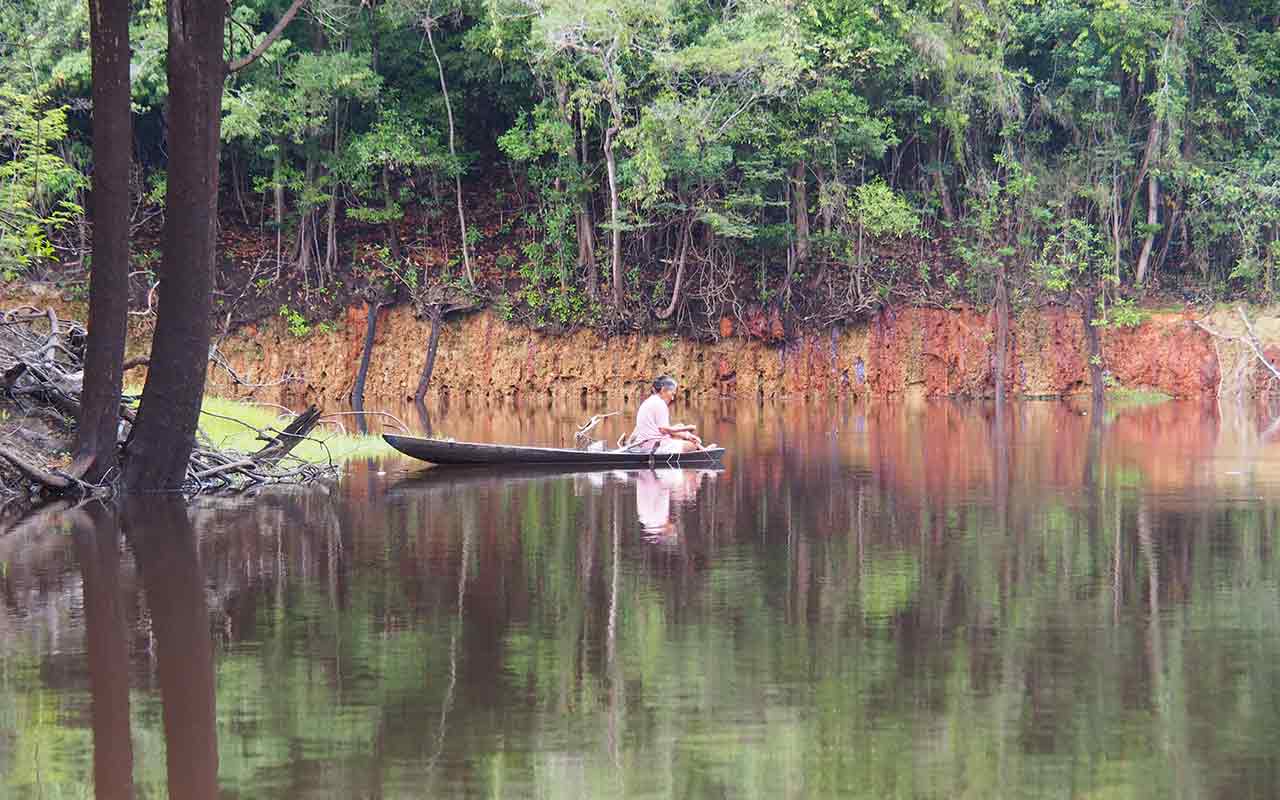
You can also enter via Colombia and Ecuador, and for the more adventurous you can also enter from Guyana and Venezuela.
As one of the World’s largest habitats, The Amazon is home to thousands of exotic and endemic species that you won’t find anywhere else on Earth.
Jaguars roam around the thick jungle here, and if you go with an organised tour it’s possible to spot one bathing on the river bank.
You can also spot the following:
- Ocelots
- Giant River Otters
- Capybara
- Giant Armadillos
- Amazon River Dolphins
Other cool things to do include going piranha fishing, visiting indigenous communities such as the Bora tribe as well as walking along with canopies that suspend high up into the treetops, allowing for some incredible views of the jungle.
Cotopaxi Volcano (Ecuador)
The second-largest volcano in Ecuador, Cotopaxi stands at a dizzying 5897m above sea-level. It’s still active, with its last major eruption occurring recently in January 2016.
It’s located roughly 50km south of Quito, making it a popular visit due to its proximity from the capital.
They’re known for their violent eruptions, and Cotopaxi has had a history of powerful explosions. Some of the mud flows that occurred during the explosions have spread as far as 60km, sometimes reaching the Pacific Coast!
Whilst you can hike with a tour, many choose to ascend Cotopaxi independently, and it’s pretty do-able without a guide. You’ll first head up to the car-park and start the moderate 2-hour hike to the refuge, where you’ll climb roughly 1000ft.
From here it’s another hour up to the glacier, where you’ll have the best views over the volcano and the Ecuadorian landscapes.
See our latest backpacking Ecuador itinerary to get more ideas on what to do and where to go before and after this popular landmark.
Kaieteur Falls (Guyana)
One of the least known and visited on our list, Kaieteur Falls is located in the remote jungle of Guyana.
Sandwiched between The Guiana Shield and The Amazon, Kaieteur Falls is a large waterfall that stands at 741ft, and is one of the largest in South America.
Getting here is no easy task, however those who make the trip will be rewarded with the huge, stunning waterfall as well as beautiful and rarely-seen nature.
The easiest way to reach Kaieteur Falls is by flying into the Kaieteur National Park from the capital of Georgetown, and then hiking to the waterfall.
For those who want a unique and unforgettable experience, then consider the hike. Here you’ll spend 7 days trekking through thick jungle, crossing rivers and spotting very rare wildlife that you’ll find nowhere else on the planet!
The Atacama Desert (Chile)
The driest desert on Earth, The Atacama stretches from Southern Peru into Bolivia and Chile, and is one of the most inhospitable environments on Earth.
Whilst this doesn’t exactly fill many with glee (as we all want to live and keep traveling), this desert is home to some extremely cool terrains and other-worldly backdrops.
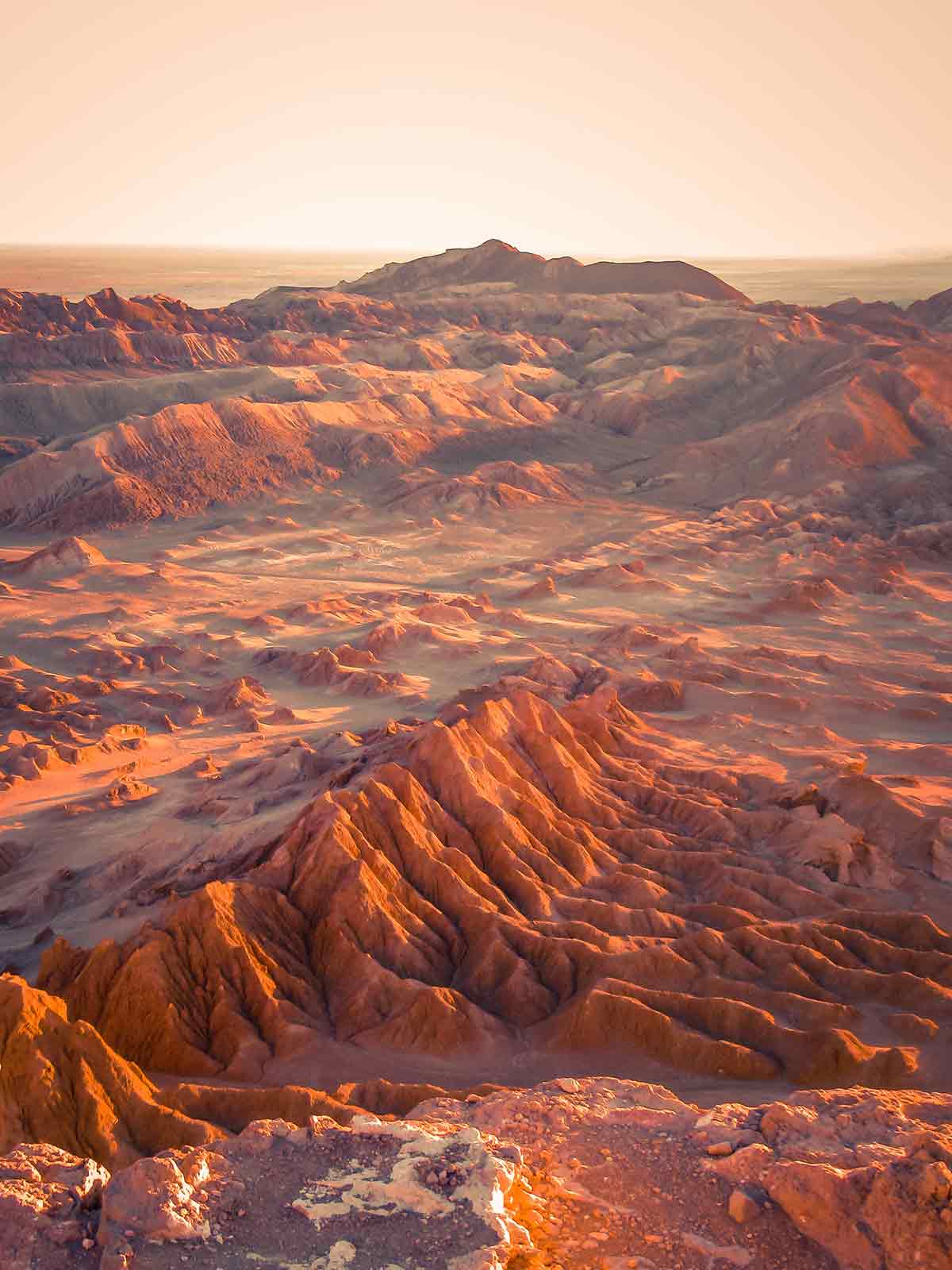
Some of the best things to see here include exploring the Valley of the Moon, which has some really cool landscapes such as crystal salt caves and towering dunes, as well as heading to Chaxa Lagoon, which is infamous for its pink flamingos that bathe in the salt flats.
El Tatio Geysers are also worth the visit, especially during the morning and evening, where you’ll see the light create a cool luminous effect with the steam.
Getting to the Atacama Desert is relatively easy, with most coming from San Pedro de Atacama, a town in the very north of Chile.
You can take tours into the desert which usually visit most of the top destinations. If in Bolivia, you can take a tour that first goes to the picturesque Salar de Uyuni, and then heads overland into the Atacama Desert.
Best Places to Visit in South America
This South America Bucket List is to be read in conjunction with our South America backpacking guide which included these destination in more detail.
👉🏽 P.S. If you’ve found this guide helpful, buy us a coffee here to say thanks! Or, support us by downloading our South America Travel Bible to get our best content.
“Dear traveler! Some links in this post contain affiliate links. Meaning, if you click through and make a purchase, book a hostel or sign up for a tour, we may earn a small commission at no additional cost to you. Your support means a lot and helps us to carry on traveling and maintaining the quality of this site for you.”

